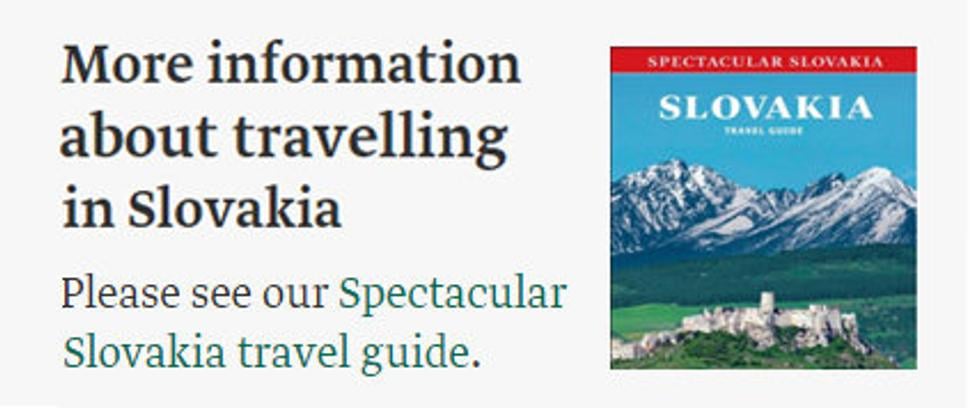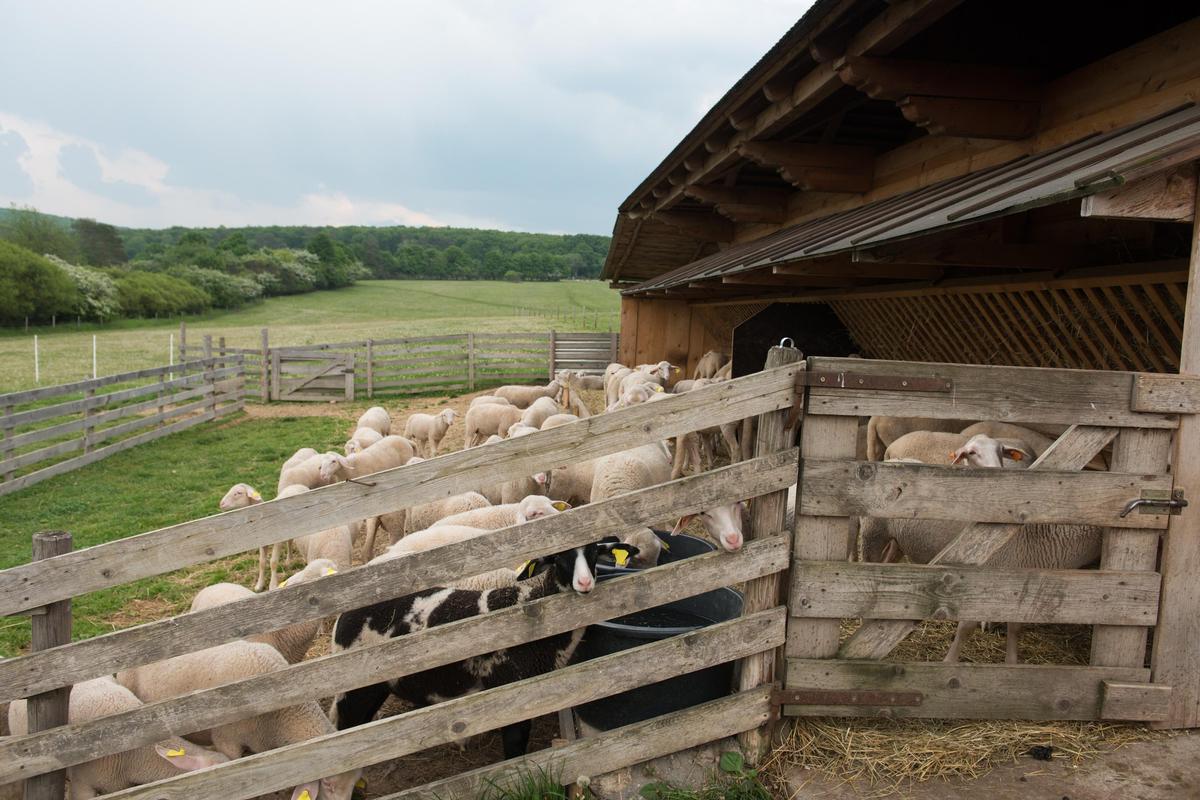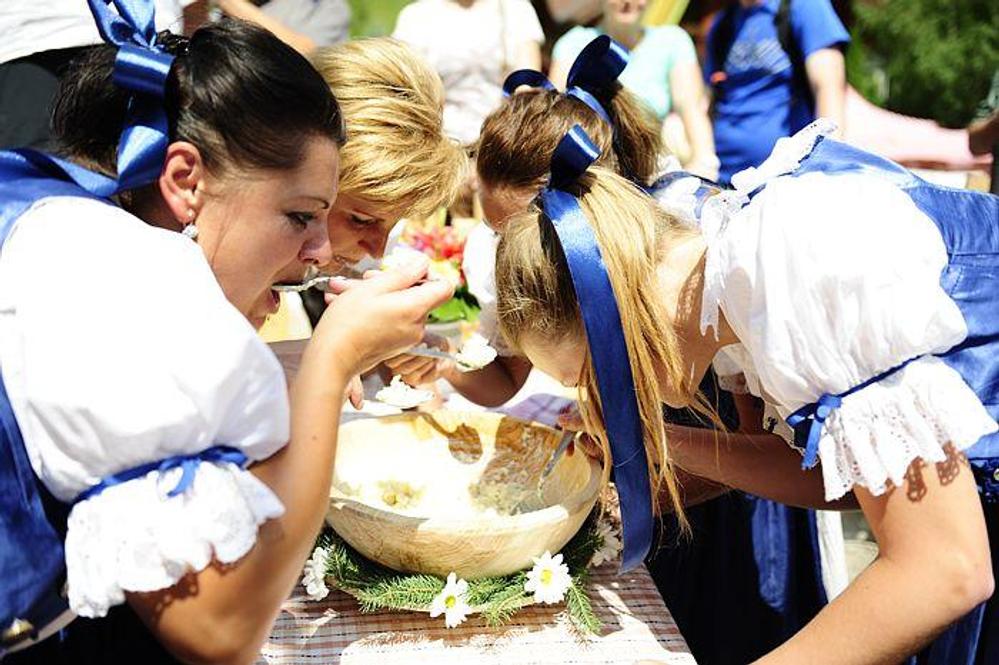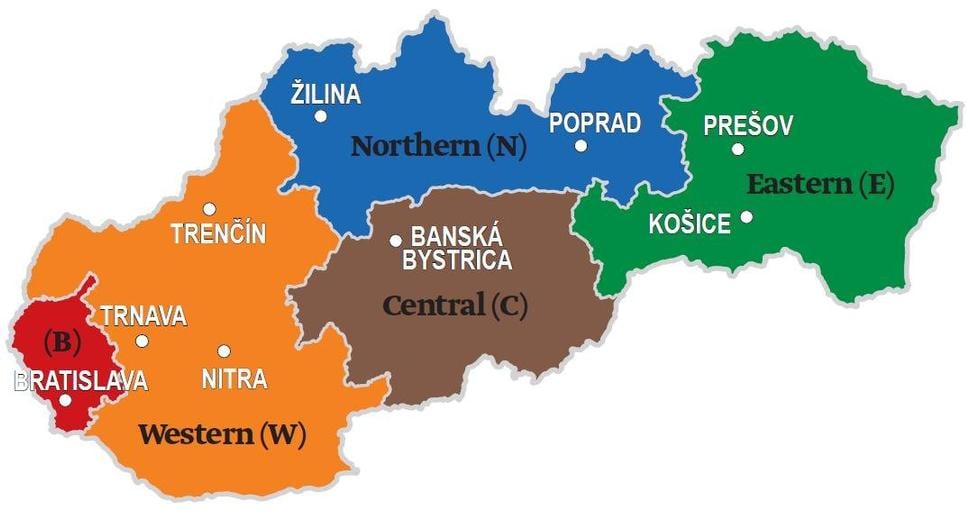Every year, lovers of bryndzové halušky travel to the village of Turecká in Banská Bystrica Region to demonstrate their skills at the European Championships of cooking Slovakia’s national dish.
The event draws international halušky devotees, suggesting that the fame of the salty sheep cheese dish has crossed Slovakia’s borders.
The championship “is clearly the first event of this kind open to the public in Slovakia,” said Ivan Janovec, the mayor of Turecká. In the past bryndzové halušky “was the meal of hardworking Slovaks”, but it is increasingly thought of as a cultural delicacy. The popularity of the main ingredient of the dish, the bryndza or ‘white gold’, comes from the deep-rooted tradition of sheep-herding stretching back to the 15th century, when the Wallachians began to settle in what is now Slovakia.
Detva, located in the Podpoľanie region, was in 1787 the home of the first bryndza factory. The company was established by the Vagač family and functioned until the end of World War II. Ten years later, another factory opened in Zvolenská Slatina which is still operational today.
Agritourism in Slovakia
“Interest in our products has not faded away, as [bryndza] is the most typical product of the sheep industry with a long-time tradition,” Sven Harman of the Bryndziareň a Syráreň company in Zvolenská Slatina told The Slovak Spectator. Bryndza has its fans also outside Slovakia, Harman said, noting demand from Slovakia’s neighbours and the Turkish communities in Austria and Germany.
The picturesque wooden houses, salaše, or koliby, the sheep farms, where herders (bačovia) used to live are today often transformed into restaurants, usually built along the important roads instead of the green pasture lands. The historical process of bryndza-making has changed, but the farms remain. Today, however, such businesses face tough times.
“Traditional sheep farms will not last,” Eva Grénerová from Eurosalaš Michalová in Brezno told The Slovak Spectator. “Young people do not want to work here and the old cannot keep up.”
Slovakia: Farmers' paradise
While lifestyles have changed dramatically, Slovaks’ love of nature has not. After the nationalisation of farms in post-war Czechoslovakia, the only way for large-scale raising of livestock was in an agricultural cooperative. The state owned all meat-production while certain meat types became exclusive goods for which people queued up. Friends of the butcher were the only ones who could guarantee that a Sunday lunch included a cut like tenderloin, for example.
Although such stories are a thing of the past, some Slovaks still prefer to keep their own animals to maintain a fresh daily supply of foods. Older generations often put more trust into home-kept animals rather than imported goods.
“Our family keeps poultry and rabbits and buys meat only from smaller butchers,” Jaroslav Štrba from Pezinok told The Slovak Spectator. “We enjoy living with the animals and eating healthy food,” his wife Františka added.
In recent years, the tourism potential of the countryside and farming has been rediscovered. Some farms offer a wide range of activities to visitors, including workshops, and it is possible to try out the real work on salaš. Routine farming activities such as milking and herding sheep, splitting wood or the hand-reaping of grass, are offered to people interested in experiencing the kind of effort that goes into making their favourite produce. Biofarma Stupava is a place where visitors can experience life on the farm while learning how to crack a whip, call the sheep or cook home-made quince sweets.
“The traditional cuisine, farms and salaše are one of the opportunities for our economy and tourism,” Martina Hlinová from Biofarma Stupava told The Slovak Spectator.

Another is the Zlatý Hýľ biofarm at the end of the village Nováčany about 15 kilometres from Košice. Its owners, a married couple, have been pursuing their interest in farming for more than 10 years. René Pavlík describes himself as a guy from the block, but he and his wife have dedicated themselves to converting an old farm into a comprehensiveagritourism centre. The goal is to offer tourists the chance to escape modern consumerist society.
“People can get their hands on anything that’s usually done at a farm,” Pavlík said. “They can try what it feels like to be a shepherd, run after a flock of sheep or look after grazing cows.”
By Lenka Sabová
Agritourism in Slovakia
Agritourism
W Bojná: Ranč pod Babicou (mini-zoo, fishing), www.babica-bojna.sk
W Galanta: Ranč na Striebornom jazere (fishing, horse riding), www.rancgalanta.sk
W Podkylava: Agropenzión Adam, www.penzion-adam.sk
W Bolešov: Chata Gilianka (horse riding, hunting, fishing, beekeeping, collecting mushrooms and herbs), www.chatagilianka.sk
C Svätý Anton: Ranč Nádej (horse riding, fishing, collecting berries, sheep products tasting), www.rancnadej.sk
C Brezno: Eurosalaš Michalová (sheep cheese making, taking care of the farm, cooking of halušky), www.eurosalas.sk
N Turany: Ranč Aljaška (dog sled and horse riding), www.rancaljaska.sk
N Nižné Kamence: Camping Belá (mini zoo, fishing), www.campingbela.eu
E Nováčany: Biofarma – Zlatý Hýľ (taking care of the farm), www.zlatyhyl.sk
E Hodkovce: Agrofarma - Ranč F&A&H (hunting, collecting berries, herbs and mushrooms), www.ranch-fah.sk
Traditional food
B Bratislava: Schoppa, www.schoppa.sk
B Stupava: Biofarma príroda, www.biofarma.sk
W Senica: Salaš Sobotišťan, www.salas-sobotistan.sk
W Nitra: Salaš Cabaj, www.salas-cabaj.sk
W Nimnica: Salaš Nimnica, www.salasnimnica.sk
C Banská Bystrica: Koliba u sv. Krištofa, www.usvkristofa.sk
C Michalová: Eurosalaš Brest, www.eurosalas.sk
C Donovaly: Koliba Goral, www.maguradonovaly.sk
C Ladomerská Vieska: Motorest Ladomer, www.motorestladomer.sk
C Kováčová: Salaš Hron, www.salashronkovacova.sk
C Pohronská Polhora: Salaš Zbojská – Zbojnícky dvor, www.zbojska.sk
N Stará Ľubovňa: Salaš u Franka, www.salasufranka.sk
N Spišské Podhradie: Spišský salaš, www.spisskysalas.sk
N Svätý Kríž: Salaš Dechtáre, www.salasdechtare.sk
N Kozí vŕšok, www.kozivrsok.sk
N Ružomberok: Koliba u dobrého pastiera, www.kolibaupastiera.sk
N Salaš Krajinka, www.salaskrajinka.sk
N Dolný Kubín: Penzión Koliba, www.penzionkoliba.sk
N Zázrivá: Salaš Syrex, www.syrex.sk
N Nižná nad Oravou: Oravský zrub, www.oravskyzrub.sk
N Veľký Slavkov: Salaš Slavkov, www.salas.sk
N Stará Lesná: Zbojnícka koliba, www.zbojnickakoliba.com
E Košice: Salaš Barca, www.salasbarca.sk
E Košice: U šuhaja, www.usuhaja.sk
E Michalovce: Euro Penzión Salaš, www.salas.sirava.info
E Bardejov: Salaš Lesná, www.salaslesna.sk

 People tired of speedy and consumer lifestyle can try to work at farms. (source: Jana Liptáková)
People tired of speedy and consumer lifestyle can try to work at farms. (source: Jana Liptáková)
 Competing in halušky eating. (source: Noro Halabuk)
Competing in halušky eating. (source: Noro Halabuk)
 Many Slovaks prefer keeping their own animals. (source: Manik)
Many Slovaks prefer keeping their own animals. (source: Manik)
 (source: Spectacular Slovakia)
(source: Spectacular Slovakia)